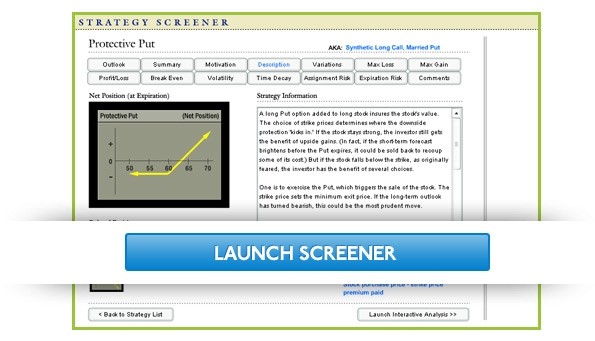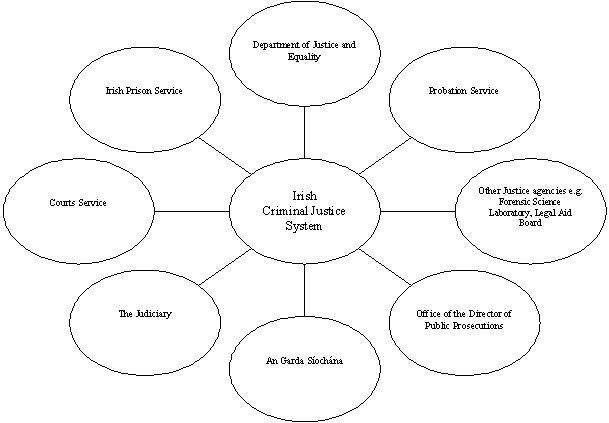Options Industry Council white paper Collar strategy
Post on: 17 Июнь, 2015 No Comment

Loosening Your Collar: Alternative Implementations of QQQ Collars
Edward Szado *
Thomas Schneeweis **
Original Version: August 2009
Current Update: September 2009
* Doctoral Candidate, Isenberg School of Management, Research Analyst at CISDM, University of Massachusetts, Amherst, MA 01003. CISDM gratefully acknowledges research support provided by the Options Industry Council. Research results, however, represent those of the author and do not necessarily represent the views of the OIC. Please address correspondence to Edward Szado, CISDM, University of Massachusetts, Amherst, MA 01003, 413-577-3166, or email: eszado@som.umass.edu.
**Michael and Cheryl Philipp Professor of Finance, Director of CISDM, Isenberg School of Management, University of Massachusetts, Amherst.
Abstract
The credit crisis and the associated decline in equity markets has rekindled new interest in option based equity collars and in protective strategies in general. In this paper we consider the performance of passive and active implementations of the collar strategy on the QQQ ETF as well as on a sample small cap equity mutual fund. As expected, the results of the analysis show that a passive collar is most effective (relative to a long underlying position) in declining markets and less effective in rising markets. This study also considers a more active implementation of the collar strategy. Rather than simply applying a set of fixed rules as for the passive collar, in the active collar adjusted strategy, we apply a set of rules which adapt the collar to varying economic and market conditions. This approach is similar to applying a set of tactical asset allocation rules to a set of investments. There are of course an unlimited number of conditioning factors that can be used to determine the strategy implementation. In this paper, for purposes of presentation, we combine three conditioning factors that have been suggested in academic literature (momentum, volatility, and a compound macroeconomic factor (unemployment and business cycle)) to generate a dynamic collar adjusted trading strategy. For the period of analysis, the active collar adjustment strategy tends to outperform the passive collar. Judgments as to the particular benefits of the passive and active collar strategies are, of course, dependent on the risk tolerance of the individual investor. 2
The credit crisis and the associated decline in equity markets has rekindled new interest in option based equity collars and in protective strategies in general. In 2008 the QQQ experienced a drawdown of about 50% from peak to trough. Many other asset classes which are generally considered effective equity diversifiers also faced significant losses. This type of contagion across asset classes suggests that in times of major systematic stress, direct hedges through protective option strategies may provide equity portfolios with greater downside risk protection than standard multi-asset diversification programs. There are a variety of option strategies which can provide capital protection for equity based portfolios. The focus of this paper is one of the more straightforward options based strategies the collar. A collar is an option based investment strategy that effectively limits (or collars) the returns on an investment in an underlying asset to fall within a chosen range. An investor who holds a long position in an underlying asset can convert that position into a collar (collar his position) by purchasing a put option on the underlying asset and simultaneously selling (writing) a call option on the underlying asset. The strike price on the call defines the upper bound of the collar and is set above the strike price for the put (which defines the lower bound of the collar). In a standard collar, the call and put have the same expiration dates. The value of a portfolio constructed in this manner will essentially be restricted to fluctuate within the bounds set by the strike prices of the options (adjusted for the net cost of the option positions).1
1Collars can be visualized as a combination of covered call and protective put strategies. The collar strategy essentially adds a long protective put to a covered call strategy. This provides the significant downside protection which the covered call strategy lacks. The purchase of the long put is financed by the sale of the call. In essence, the collar trades upside participation for downside protection. A tight collar provides less upside participation and more downside protection than a loose collar. At one extreme, the 3
tightest collar (ATM puts and calls) effectively immunizes the portfolio from market movements. At the other extreme (very far OTM puts and calls), the collar is essentially equivalent to a long index position.
2 While these collar implementations are active in the sense that the rules are dependent on manager decisions, they are implemented systematically with no additional manager discretion.

In this paper, we extend previous research on collar strategies (Schneeweis and Spurgin [2001] and Szado and Kazemi [2009]) by considering the performance and risk characteristics of active as well as passive collars. In addition, we provide an example of the effectiveness of applying a collar strategy to a sample equity mutual fund on which options are not available. It is worth noting that this study does not address whether these strategies generate alpha based on any specific definition of investor risk aversion. The significance of the results may be interpreted differently by any individual based on their particular risk aversion.
In this study the performance of passively implemented collars on the Powershares QQQ ETF (ticker: QQQQ) is analyzed. The collars are passive in the sense that they follow a rigid set of rules which do not vary with market conditions. The passive implementations do vary in their choice of the initial moneyness and time to expiration of the calls and puts. This study also considers a more active implementation of the collar strategy. Rather than simply applying a set of fixed rules as for the passive collar, for the active collar adjustment strategy, we apply a set of rules which adapt the collar to varying economic and market conditions. This approach is similar to applying a set of tactical asset allocation rules to a set of investments. There are of course an unlimited number of conditioning factors that can be used to determine the strategy implementation. In this paper, for purposes of presentation, we combine three conditioning factors that have been suggested in academic literature (momentum, volatility, and a compound macroeconomic factor (unemployment and business cycle)) to generate a dynamic collar adjusted trading strategy.2 Finally, the study considers the implementation of an active and 4
passive collar strategy using QQQ options applied to a non-QQQ equity portfolio represented by a small cap equity mutual fund. This provides an additional analysis of the use of the collar strategy for a wider range of market participants.
In the following sections we summarize the methodology and data used in this analysis. It is important to note that all empirical research may be data and time period dependent. This analysis covers the period from the introduction of options on the QQQ (March 19, 1999) through May 31, 2009. This period is broken into various sub-periods to offer a better picture of the benefits and risk of the implemented collar strategies in various market environments. In the methodology section we describe both the passive and active collar implementations. In the active collar section we describe how we combine the momentum, volatility and macroeconomic signals to generate a dynamic collar adjustment trading strategy process3. In this process, the initial moneyness of the puts and calls is determined based on the momentum and macroeconomic signals and the ratio of written calls is determined by the volatility signal. The marginal effect of the momentum signal is to widen or tighten the collar by increasing or decreasing the amount OTM, respectively. The marginal effect of the macroeconomic signal is to shift the collar up by increasing the amount OTM of the calls and decreasing the amount OTM of the puts, or shift the collar down by moving the strikes in the opposite direction. The marginal effect of the volatility signal is to increase or decrease the number of calls written per QQQ and put purchased.
3 While we combine the three signals to generate the strategy, any one of the signals could be used on its own to generate an active strategy.
Results show that the passive and active collar strategies underperformed the QQQ in the strong market climb of October 2002 to September 2007. However, in the period around the tech 5
bubble and in the credit crisis the passive and active collar strategies provided capital protection and, in the case of the tech bubble, generated significant returns at relatively low volatility. In addition, we provided evidence of the effectiveness of wrapping a passive or active collar strategy around a portfolio for which no options are available (in this case, represented by a small cap mutual fund). Results for the mutual fund collars are similar to those reported for the collar strategies on the QQQ. Finally, results show that active collar strategies on the QQQ and on a small cap mutual fund which use a set of three simple trading rules to create a dynamic collar adjustment process could provide added benefits over similar passive collars.














